Westergas is Amsterdam’s Cultural Village. Open day and night for anyone with an appetite for new energy. The site used to be home to a factory that kept the lights of the city burning. Now Westergas is a green, vibrant oasis where you can come to recharge.
With great partners and programming, we make art and culture accessible to local and international guests. Together, we want to take better care of people, the city and nature. Cross the bridge and discover an ideal small world where you will always come away feeling enriched.
For many years, Westergas, located in the green Westerpark, has been a household name in Amsterdam. Since 2018, the monumental factory buildings have been owned by Duncan & Lisca Stutterheim, real estate company MILLTEN and Harvest Vastgoed. A trust was established for this purpose with young Amsterdam investors, and one entrepreneur from the Dutch province of Twente, who want to turn Westergas into a Cultural Village for this and future generations.
The Cultural District has no less than 17 buildings which are managed by real estate company MILLTEN and Harvest Vastgoed. Of the 17 properties, three are operated by Westergas, the event company of Duncan & Lisca Stutterheim and Foppe Eshuis & Lennart Rottier (MILLTEN). With the iconic Gashouder, the industrial De Wester (the former Transformatorhuis), and the picturesque Meterhuisje, Westergas provides broad programming for everyone, for all ages and for every budget.
The other historic buildings on the Westergas are home to a host of permanent tenants, also known as our residents. We offer room to creative, cultural and innovative entrepreneurs who contribute to our Cultural Village. In cooperation with MILLTEN, we look for the perfect mix on the site. The door is always open to new tenants with inspiring ideas.

The Westergas site has a rich history. The exterior of the 17 industrial buildings have never been changed drastically after the closure of the Westergasfabriek in 1967. Today, the factory buildings are used as a breeding ground for art and culture.
Prior to the advent of coal gas, people lit their homes with candles, grease or oil lamps. Heat was obtained from wood or peat. After the advent of coal gas, little by little, lighting in the Netherlands changed. Lighting the streets with coal gas was much cheaper compared to oil. For this, however, additional factories had to be built. Therefore, on July 23, 1883, Amsterdam gave the London Imperial Continental Gas Association the exclusive right to build two gas plants in Amsterdam. These became the Wester and Oostergasfabriek. The gas was initially used for city lighting (“city gas”/”light gas”) and later for private individuals and businesses.
The London I.C.G.A. sent the Austrian Julius Pazzani (1841-1888) to Amsterdam to handle the technical planning of the manufacturing process and of the site. Pazzani successfully carried out all the difficult and delicate negotiations necessary to resupply a city of 400,000 inhabitants. Indeed, there was quite a bit of hostility from the old gas interests.
The design of the buildings came from Amsterdam architect Isaac Gosschalk (1838-1907). Gosschalk’s style soon became known as Hollandsche Neorenaissance. The buildings on the site were designed without too much excess in contrast to, for example, the Rijksmuseum, which opened in the same year (1885). Above all, the factories had to be suitable for what they were intended to do; house the machines. Gosschalk said the following about his style: ‘a building has style if it has character, if it expresses what it is, provided it does so in a beautiful way’.
The Wester and Oostergasfabriek were taken over by the Municipality of Amsterdam on August 10, 1898. In the first years thereafter, production increased and major innovations and expansions occurred such as the construction of a 100,000m3 gas holder in 1903 at the Westergasfabriek. A watergas plant, later known as the transformatorhuis, was also built here in 1904. The great advantage of a watergas plant is that it can produce quickly in a short span of time. Especially during sudden cold spells in Amsterdam, this was a very nice feature.
In the 1960s, gas production declined as the municipality obtained the gas from the Hoogovens in IJmuiden. When the Slochteren natural gas bubble was discovered in 1963, production at the gas plants decreased rapidly. In 1967, gas production here ceased completely.
After the closing, a heavily contaminated site was left behind. Years of gas production had taken its toll. A new destination proved a difficult task. There was pollution, but there also appeared to be special ecological conditions.
First, the Gemeentelijk Energie Bedrijf used the grounds as a storage and work site. All buildings that could not be used as storage were demolished. In the 1960s, industrial heritage was not yet valued. Starting in the early 1990s, when the G.E.B. permanently left the site, adventurous entrepreneurs and artists discovered the creative energy and endless possibilities of this unique location. More and more cultural activities came to life on the abandoned site. A new beginning, with culture as the driving force, the idea for today’s culture park was established during this time.
As of 2003, the site is once again giving light and energy. The grounds were sanitized and a beautiful park was created. Creative entrepreneurs reside in the renovated, historic buildings and numerous events and festivals have settled there.
The past brought us to where we are today but the present and the future are ours to determine. With sustainability, culture, entertainment and creativity at the forefront. In 2018, the Westergasfabriek buildings changed their names to Westergas. Same site, new energy: the Cultural Village of Amsterdam.

Westergas B.V. achieved its B Corp certification last summer. The B Corp certification is awarded to companies that meet rigorous standards for social and environmental performance, accountability, and transparency. It’s a proud recognition of our commitment to social, community, and environmental excellence.
For Westergas, sustainability goes beyond technical measures and certifications. We believe that sustainability should be part of our DNA. This is why we are integrating sustainability across all functions and processes. We recognize our position as a role model in this regard and aim to inspire and motivate our customers, suppliers, and employees to embrace sustainability together.
In the coming years, we have a concrete implementation plan to further enhance the sustainability of our historic buildings, events, and organization. Curious about what’s happening right now? Here’s a brief overview of Westergas’s current initiatives.
Achieving B Corp certification is a significant milestone, and we are focused on implementing our policies and actions to meet our sustainability goals.

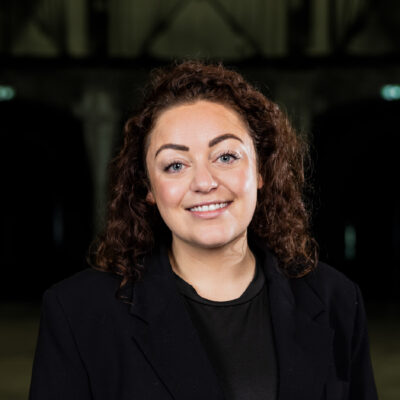
Sales & Account Manager Francesca Sidhu

Commercial manager Dave van Dalen

Marketing & Communication Manager Mercedes Coco Huis
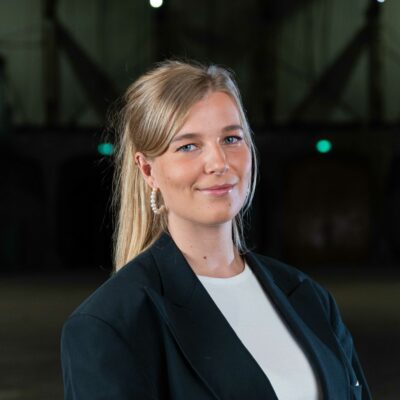
Content Manager Mirte Meijer
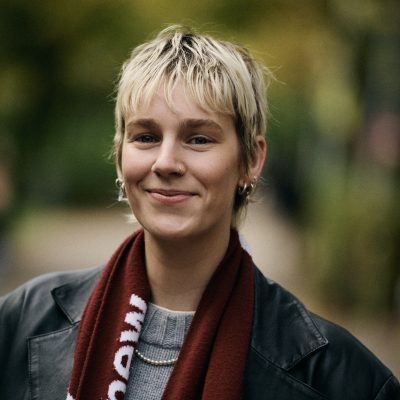
Content Manager Maaike te Kulve

Partnerships & Sponsoring Tom de Louw
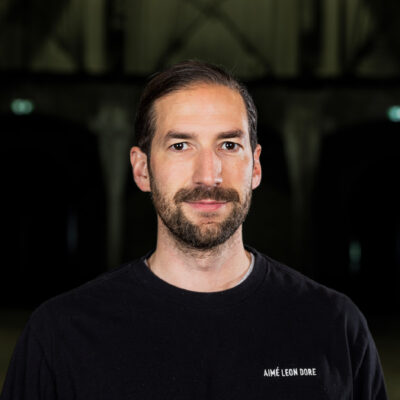
Managing Director Boye ‘t Lam
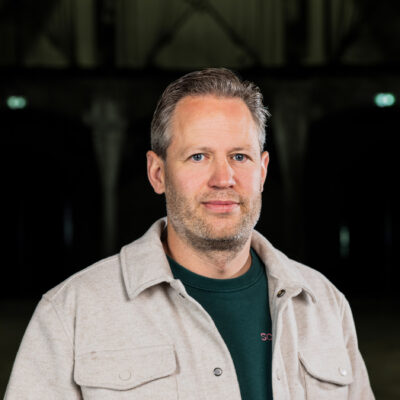
Production & Facility manager Navajo Munzer

Production Manager Jersey Snel

Locationmanager Lars van Broeckhuysen
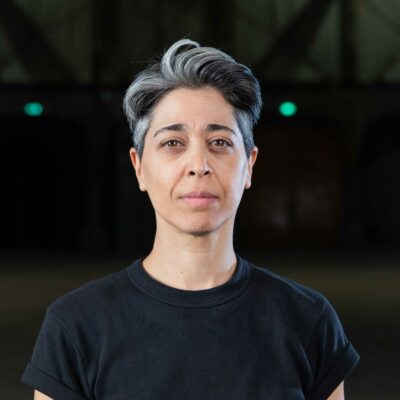
Locationmanager Panayotta Korini
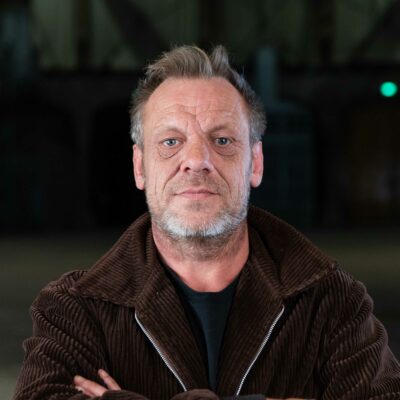
Locationmanager Jacco van Tongeren
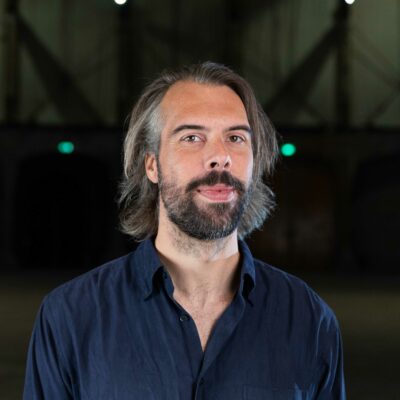
Locationmanager Gerben Vaags
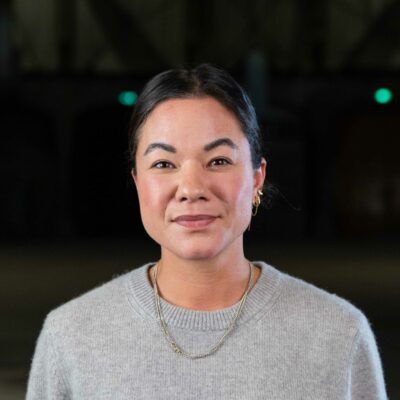
Freelance Project Manager Kiki Wong
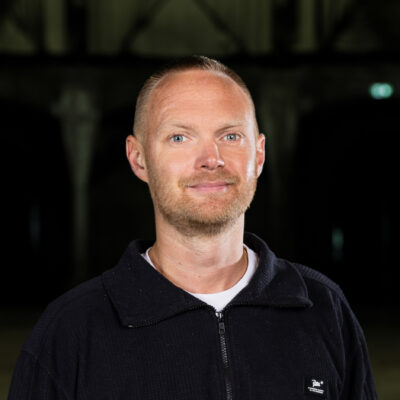
Public Affairs Joris Tjaden